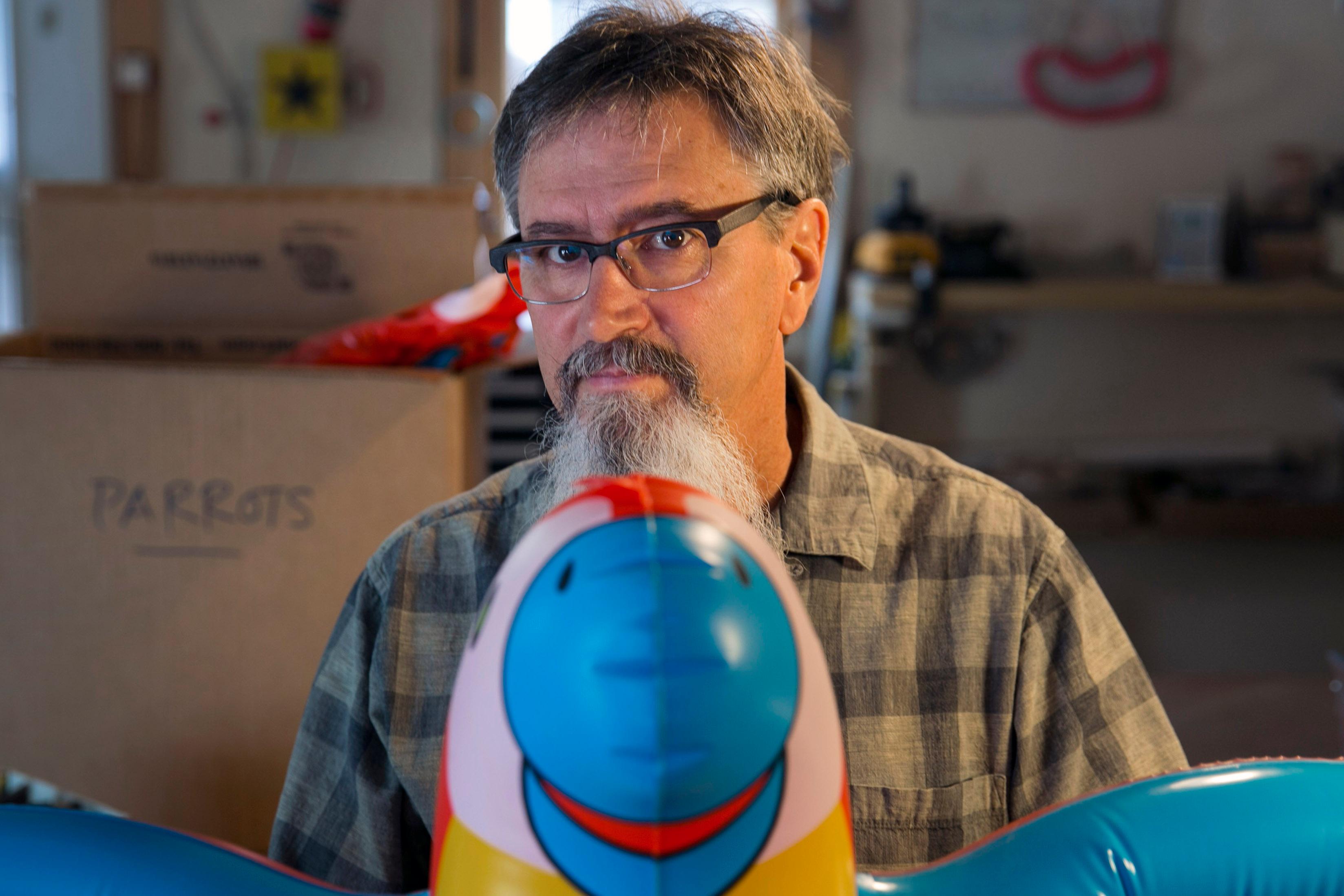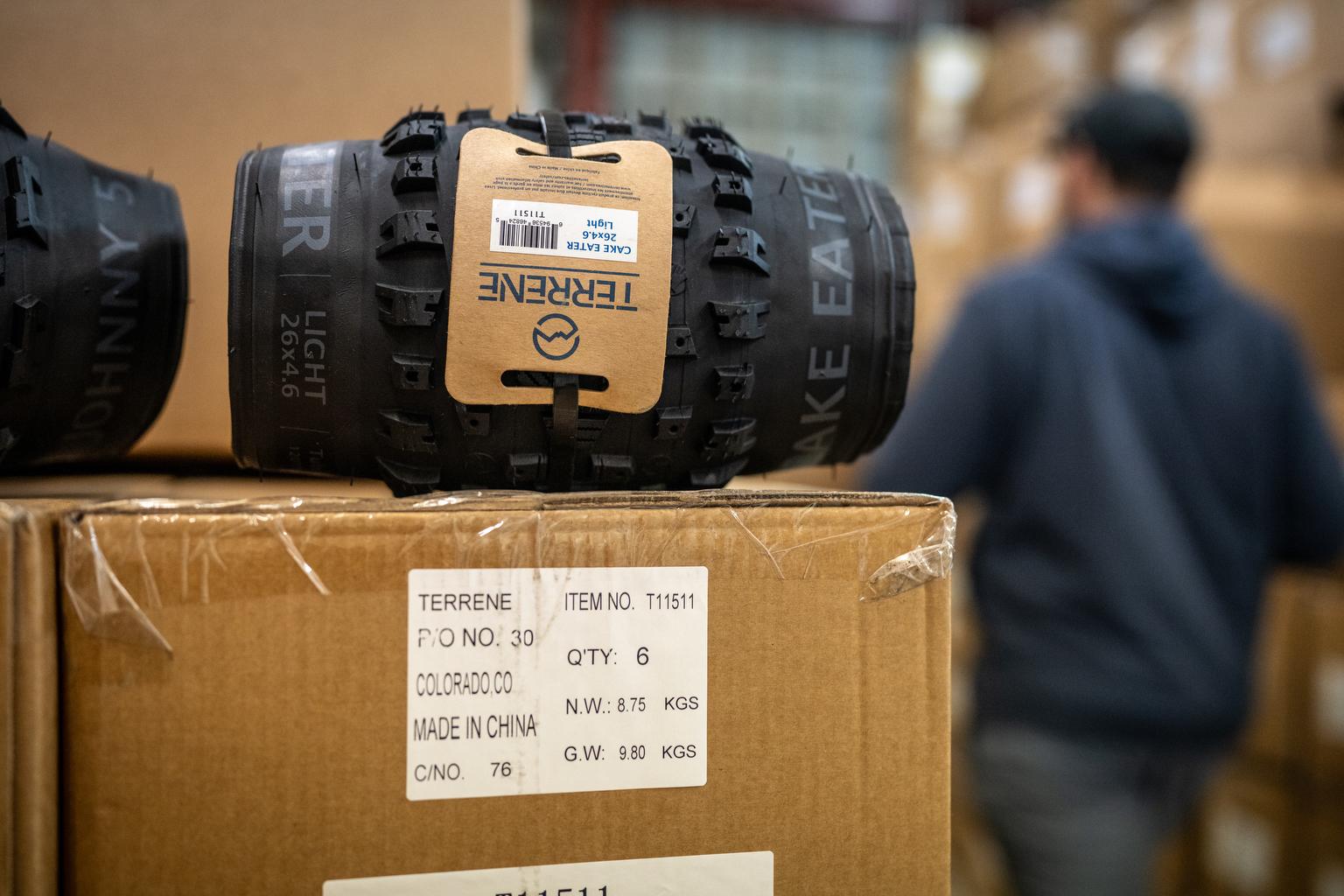

Journalists ask questions for a living. The trouble is, there's no more difficult question for a journalist to answer for themselves than "what story stood out for you this year?" Presented in no particular order, these are our favorite stories of the year. We've also gathered together the most-read stories of the year and some unforgettable conversations.
Sam Brasch
Phillip — whose name I changed here and in the story that follows — was brave enough to tell me how he got caught sexting and what happened to him afterward. He became my guide into how the Colorado legal system treats kids who send and receive nude images. Sexting easily grabs the attention of the media and lawmakers, as it may again in the upcoming legislative session. In the frenzy, we shouldn’t forget the young people who live the issue.
Under a strict interpretation of Colorado law, schools in the state are full of child pornographers.
Jenny Brundin
Intergenerational learning, particularly connecting students with people with Alzheimer’s, is much more common in Great Britain and some European countries. Denver’s Graland Country Day school developed a program incorporating croquet. Most meaningful was hearing from student Greg Kintzele about how the program gave him experience with the different stages of Alzheimer’s, helping him better understand his own grandmother. Some updates for this story: Former Sunrise resident Jerry Shafer passed away. Sunrise resident Bill Taylor has moved to another facility and teacher Mark Gatlin is no longer at Graland Country Day school.
Graland Country Day School in Denver has developed a comprehensive learning module for seventh graders focused on Alzheimer’s disease.
John Daley
I picked this story for several reasons. One is that it’s important to share with our audience how the state is preparing for the potential health impacts of the changing climate. It also struck me that so many people in Colorado, including its oldest and youngest residents, could be among those hit hardest. And that means so many structures they live, work and study in will be affected. The costs of that preparation could be considerable. I also loved hearing the thoughts of kids and seniors about this.
Hot buildings, schools, offices, and homes are the new normal. Temps in Colorado rose by about 2 degrees between 1977-2006.
Grace Hood
One of the biggest challenges in telling climate change stories is explaining impact. Sometimes effects won’t be fully experienced for decades, and hypothetical statements only go so far. The most memorable reporting trip for me was my visit to Mesa Verde National Park. The freeze-thaw cycles in the park — exacerbated by climate change — have already compromised the structural integrity of Spruce Tree House. Since most alcove sites and artifacts are out in the open, Mesa Verde Park managers have a high-stakes environment in which they must manage the land, and the impact of a warming climate.
Climate change may be putting some of Mesa Verde's dwellings in jeopardy.
Corey Jones
This story starts with plastic parrots and a toy inventor-turned-artist who turned them into public art. Sean O'Meallie's "Poly Poly" sculpture earned national recognition from Americans For The Arts, so I went to his hometown of Colorado Springs to learn more about the grassroots efforts to support public art. It turns out there's very little public funding for the arts in Colorado's second largest city. I discovered that these plastic parrots represent a community that wants to build its cultural profile.
Here’s the thing: Colorado Springs does not pay for public art like other places such as Denver and Greeley.
Ben Markus
When I was assigned this story, my immediate reaction was, “OK, Aspen has expensive homes. Who cares?” But after doing research, interviews, and hanging around Aspen for a couple of days, it became clear that Aspen had an housing market unlike anything in the world. And, to the town’s credit, they tried to do something about it. The problem, and what makes the story so interesting to me, is how the best of intentions has butted up against unintended consequences.
“We are in what we call the black hole of affordable housing,” said Sara Garton.
Nathaniel Minor
This story brought me to a part of the state I hadn't seen before. Like most places in Colorado, it blew me away. The assignment was to report on how climate change was affecting the Black Canyon. Unlike other parks, namely Rocky Mountain National Park, that are seeing dramatic signs of climate change, the ecology here is actually holding up pretty well. So I instead focused on another angle: how visitors use it. I also learned a lesson so many visitors to the Black Canyon already know: once you climb down it, you've got to climb back up too.
Climbing in the formidable Black Canyon of the Gunnison National Park has never been for the faint of heart.
Vic Vela
Well, this was a 2015 story — so sue me. This story was personally important and gratifying for me. Growing up, I would wake up to the smell of tamales cooking each holiday season. It's a tradition that has been in my family — and in many Hispanic families — for generations. And of course, hearing my mom's voice on the radio warms my heart.
For my mother, spreading masa over corn husks at lightning speed, while singing along to Mexican ballads on the radio, is as familiar as breathing.
Megan Verlee
When I was asked which stories really stood out for me, I immediately thought about the two pieces I did on international trade and Colorado. They gave me a chance to step back from the horse-race of the presidential election and instead focus on a topic that was clearly bothering many voters. Global trade is a different issue in Colorado than it is in the rust belt states where stories like this are usually set, so it was illuminating to learn about all the ways, good and bad, that it shapes our state.
Colorado is not Michigan or Ohio, but trade has definitely affected business here, too.








